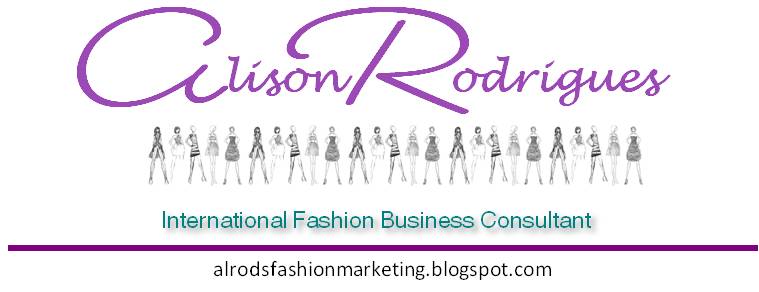For some people this is an extremely exciting and energizing situation to be in. For others, it is their worst nightmare. What kind of person are you?
 |
| Do you have what it takes? |
Next, you should ask: “Do I already have or can I find the necessary skills, contacts and funding to create a successful fashion company?”
Clearly, you won’t be able to do everything yourself. This is where you need to find other people who believe in you to join your team or provide you the support you need. Doing a self-assessment of your skills and abilities will tell you what gaps you will need to fill in order to make your business work.
You may assume that having completed a design degree, there are no skill gaps there. However, the design process in a business can often feel very different to that of the design process in school, where you don’t have to worry about things other than the product. Running fashion business means developing and following an organized creative process that works for you – and that other people can work to as well. One of the great things about designers who have previously worked in a large fashion house is that they have seen how other people organize themselves and can take lessons from there as they start. Having a clear design methodology is crucial to getting the best out of your abilities. If you don’t have this in place now, perhaps you may want to spend some time learning from someone else first.
 |
| Melinda Looi at Stylo Fashion Grand Prix 2010 |
Apart from mastering the design process, something that some of the smartest designers do next is to find a business partner they can trust, who brings different skills and connections to the table. Often it is a spouse (Dirk Lubert is married to Melinda Looi), sibling (Datuk Tom Abang Saufi’s sister Habsah runs the business) or a friend (Marc Jacobs has long time business partner Robert Duffy) who might take on this role. In this way, not only do you have someone to lean on in times of difficulty, you also have a division of roles, which allows you to focus on more on the creative aspects of the business.
You will also need to find people in the Industry who agree to support you and work with you. You’ll need Marketing cum PR consultant who will (at least initially) give you hers/his services for almost nothing and a factory that will make your clothes in small quantities. You will also need accountants, lawyers, stylists, photographers, graphics designers, production managers and interns – hopefully all at discounted prices. You therefore need to ask yourself if you already have a set of contacts that you can leverage to make your business work. If not, you need to get out there and meet people so you can start your business on the right foot, with the right team behind you.
Finally, for most designers who haven’t come into an unexpected windfall inheritance in the millions, starting a business is also a question of finding money. There are many sources of funding, but each source will take time and effort before it bears its fruit. Family and friends who believe in you are obviously one place to start, but you will also need to deal with bank managers about loans, and think about taking on investors as well. Having a network of people who may be able to introduce you to potential sources of funding is imperative to setting up your business. You can have a brilliant business concept, a fantastic team, and all the energy in the world, but without funding in place from the start, it will be difficult to get up and running. You should also do research on grants; sponsorship and awards that many organizations make available to nurture new design talent.
Lastly, you should ask yourself: “Do I have something unique to offer the market?”
If there is one crucial thing I recommend that you do before rushing off to start a business, it is to carefully craft your business concept.
- What is it about your business that will be unique?
- Why will people choose to buy your product over someone else’s?
- Is it the design, the price, the value or the dream that they are buying into?
You will need to think carefully about whom you are designing for. It is cliché by now, but I almost always ask designers when I first meet them: “Who are you designing for? And why?” Most of the time, this simple question is met with groans or blank stares or platitudes like “I design for me and my friends” or “A very glamorous woman with lots of money”. This is not enough. You need to get into the mind of your customer and understand what motivates them. Where do they spend their time and for what occasions will you dress them? What makes them buy a garment? Understand their psychology, emotional needs and relationship with clothing. Visualize all the aspects of their lives and assess how your business can blend into making them even better.
It’s worth pointing out now that not all fashion businesses have to operate at the high end of luxury, although it seems that that is where every designer wants to be. Remember, your business concept needs to offer a clear proposition of value to your customer, and that value could be world-class design at more reasonable prices. Look at Eclipse or Zara or Coach or American Apparel and how they have taken clear business ideas that allow them to deliver great fashion to the masses. While it may seem ideal to be a “luxury” brand, also remember that some of the most influential fashion businesses are on the high street and in your neighborhood mall, because they dress thousands of people around the world.
Next time: Writing a Business Plan
Assuming I haven’t completely scared you from starting your business, our next article will go through the process of writing a business plan and why it is so valuable. In short, it will help you to rise funding, to clarify your vision, and to set a roadmap for how to get there.

No comments:
Post a Comment